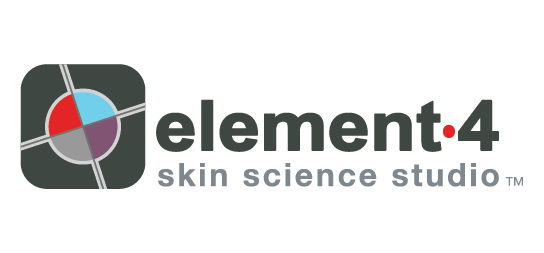A PAKLAB SUMMARY OF HAPPI'S PROBLEMS FOR PRESERVATIVES
We've all seen the claims: All Natural, Green, Paraben-free, Silicone-free, Preservative-free. In recent years, the growing trend that pushes for the omission of certain ingredients has caused problems for cosmetic chemists all over the world. Differing regulations from country to country, and even region to region, prevent any one formulation from being truly global.
But isn't it better to omit all those nasty chemicals? Aren't we so much safer if we just leave them out?
In Happi's Problems for Preservatives, David Steinberg, president of Steinberg & Associates, issued some words of warning to those companies that would promote their products as "preservative-free".
"If you live by the sword, you die by the sword," cautioned Steinberg.
The term "paraben-free" has become such a widely used phrase on beauty packaging, but the science behind the push for less parabens is inconclusive, at best. Parabens were first brought into the spotlight when Philippa Darby published a poorly researched paper which linked the use of antiperspirants containing parabens to breast cancer.
"It was junk science;" according to Seinberg, "we never even used parabens in antiperspirants. Darby ultimately retracted her study, but very few people know that!"
Unfortunately, once parabens were "in the crosshairs," other preservatives and even other ingredient categories were starting to be scrutinized. According to Happi:
This “free-from” epidemic has gotten so out of hand that England and France have banned the term from product labels. And, Advertising Standards Canada considers “free” claims to be false and misleading. But in the world’s largest cosmetics market, the US, “anything goes,” Steinberg lamented.
And that’s where his ominous warning comes in. Non-government organizations (NGOs), such as the Environmental Working Group and Women’s Voices for the Earth, are like moths to flame whenever the term “-free” is used by cosmetic marketing departments.
“To NGOs, ‘-free’ means not safe; we are our own worst enemy,” he charged.
Because of the cost (think millions) and time (think years) associated with developing and testing, formulators aren't getting any new preservatives anytime soon.
"Nobody will spend that kind of money," said Steinberg.
But what about natural preservative systems? Unfortunately, the search is futile, claims Steinberg. "The problem with natural materials is that formulators are never sure of what they are getting, as the efficacy level can fluctuate."
Formulators are stuck between a rock and a hard place, it seems: marketers that are pushing for "natural" alternatives that may not work vs. preservatives, that do work, but have gotten a bad rap in recent years.
So what are some options? Nothing inexpensive, according to Steinberg, who put together a list of solutions. Check out the Happi article to see them all.
It's not only the manufacturers, formulators, and quality control teams that are worried about the safety of "natural" preservative systems. In February, the US Food and Drug Administration (FDA), issued new guidelines for cosmetic site inspection.
Steinberg asserts that the FDA is concerned that cosmetic products that include claims such as "natural," "no parabens," and "no preservatives" may not be safe without appropriate testing.
Happi outlines their thoughts:
Therefore, companies that make such label statements should be given priority over traditionally manufactured cosmetics during inspection and sampling, according to FDA, which considers non-traditional preservatives to include botanical extracts, organic acids, alcohols and glycerols.
FDA instructs manufacturers to collect samples of recently produced and retained products, especially those that are water-based, when the manufacturer is unable to produce challenge test documentation or the adequacy of preservation is otherwise in doubt or non-traditional preservative systems are used.
"The FDA is not concerned with traditional preservatives such as the parabens, Quaternium-15 and DMDM Hydantoin," concluded Steinberg.
For more information, check out the complete article at Happi.com and keep an eye out for the July issue of Happi for more insights on preservatives.

